

- RFQ
- BOM
-
Contact Us
Tel: +86-0755-83501315
Email: sales@sic-components.com
- Chinese
- English
- French
- German
- Portuguese
- Spanish
- Russian
- Japanese
- Korean
- Arabic
- Irish
- Greek
- Turkish
- Italian
- Danish
- Romanian
- Indonesian
- Czech
- Afrikaans
- Swedish
- Polish
- Basque
- Catalan
- Esperanto
- Hindi
- Lao
- Albanian
- Amharic
- Armenian
- Azerbaijani
- Belarusian
- Bengali
- Bosnian
- Bulgarian
- Cebuano
- Chichewa
- Corsican
- Croatian
- Dutch
- Estonian
- Filipino
- Finnish
- Frisian
- Galician
- Georgian
- Gujarati
- Haitian
- Hausa
- Hawaiian
- Hebrew
- Hmong
- Hungarian
- Icelandic
- Igbo
- Javanese
- Kannada
- Kazakh
- Khmer
- Kurdish
- Kyrgyz
- Latin
- Latvian
- Lithuanian
- Luxembou..
- Macedonian
- Malagasy
- Malay
- Malayalam
- Maltese
- Maori
- Marathi
- Mongolian
- Burmese
- Nepali
- Norwegian
- Pashto
- Persian
- Punjabi
- Serbian
- Sesotho
- Sinhala
- Slovak
- Slovenian
- Somali
- Samoan
- Scots Gaelic
- Shona
- Sindhi
- Sundanese
- Swahili
- Tajik
- Tamil
- Telugu
- Thai
- Ukrainian
- Urdu
- Uzbek
- Vietnamese
- Welsh
- Xhosa
- Yiddish
- Yoruba
- Zulu
- Kinyarwanda
- Tatar
- Oriya
- Turkmen
- Uyghur
Amplifiers For Wheatstone Bridges: A Comprehensive Guide
Wheatstone bridges are total workhorses in electronics—they’re all about measuring stuff like resistance, strain, or pressure super precisely. But here’s the thing: their output signals are tiny, like millivolt-level tiny. That’s where amplifiers for Wheatstone bridges come in clutch. They crank up those weak signals so subsequent circuits (like ADCs or microcontrollers) can actually make sense of them.
So how does a Wheatstone bridge even work? It’s got four resistors in a diamond shape. You hook up a voltage source across one diagonal, and measure the output across the other. When it’s balanced—meaning the resistor ratios match—there’s no output. But when something changes, like a strain gauge getting stretched, one resistor’s value shifts, and suddenly there’s a small voltage out. The formula for that? It’s basically input voltage times some resistor ratio mess, but you get the idea—it’s all about that imbalance.
Now, which amplifiers work best here? Instrumentation amps are the move, honestly. They’re built to boost differential signals (which is what the bridge puts out) while ignoring common-mode noise—like power supply junk or electromagnetic interference. Their CMRR (common-mode rejection ratio) is usually through the roof, so they keep the signal clean. Plus, high input impedance means they don’t mess with the bridge’s balance, which is huge for accuracy. Take the IN-UVI by Omega, for example—it lets you tweak inputs and outputs, adjust gain, and handle all kinds of transducer signals. Super flexible.
Op-amps can work too, but they’re trickier. You gotta wire ’em as differential amps, and their CMRR isn’t as good. You have to fuss with gain resistors, making sure they’re matched, otherwise you get errors. Not terrible, but definitely more work than just grabbing an instrumentation amp.
Then there’s chopper-stabilized amps—these are for when you need ultra precision. They use this “chopping” technique to cancel out offset voltage and drift, which is a big deal for long-term measurements. Imagine trying to measure something over hours—drift would ruin everything. These amps fix that, making them perfect for super sensitive sensors, like those tiny flow meters.
What should you look for in one of these amps? Gain is obvious—you need to boost the signal enough so the next part of the circuit can use it. If your bridge spits out 1mV and your ADC needs 5V, you need a big gain. Some amps let you program that, which is handy if you’re using different sensors.
Offset voltage and drift are non-negotiable for precision. Even a little offset can throw off tiny signals, and drift over time or temperature? Total measurement killer. Chopper amps crush this, but good instrumentation amps do too.
CMRR is another biggie. The higher, the better—you want the amp to ignore noise that’s common to both inputs, focusing only on the actual signal from the bridge. And input impedance? Gotta be high. If it’s low, the amp will siphon current from the bridge, messing up the balance and ruining your readings.
Where do these setups actually get used? Strain gauges, for sure—like in testing how much a bridge bends or a plane wing flexes. The gauge changes resistance, the bridge unbalances, the amp boosts the signal, and you get data. Pressure sensors too—piezoresistive elements in the bridge change with pressure, and the amp makes that signal readable. Same with temperature sensors, using thermistors or RTDs—temperature changes resistance, bridge reacts, amp does its thing.
Load cells (those things in scales) rely on this combo too. Step on a scale, the strain gauges in the load cell flex, the bridge outputs a blip, and the amp turns that into a weight reading. It’s wild how much of our daily tech depends on this basic setup.
Honestly, picking the right amp just comes down to what you need. If it’s a quick project with moderate precision, an op-amp might suffice. But for anything serious—like industrial sensors or medical gear—go with an instrumentation amp or a chopper-stabilized one. They make life easier and the data way more reliable. End of the day, these amplifiers are the unsung heroes that make Wheatstone bridges actually useful in the real world.
https://www.sic-components.com/

Hot Products
View MoreRelated Blogs

2000+
Daily average RFQ Volume

30,000,000
Standard Product Unit

2800+
Worldwide Manufacturers

15,000 m2
In-stock Warehouse




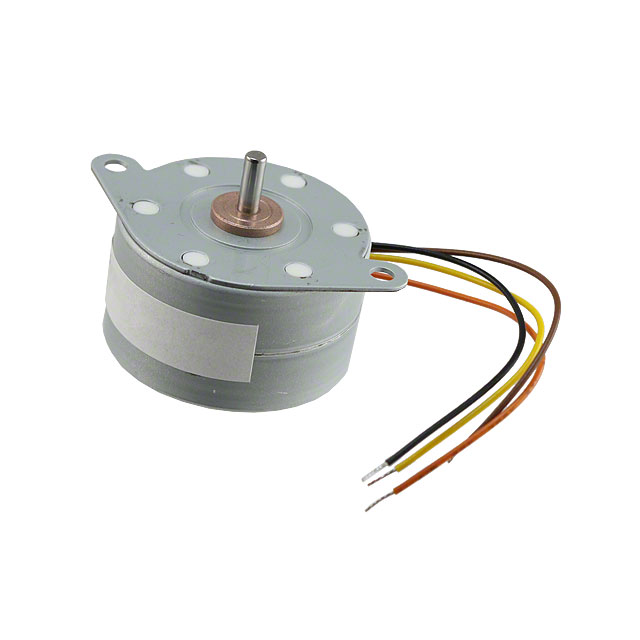
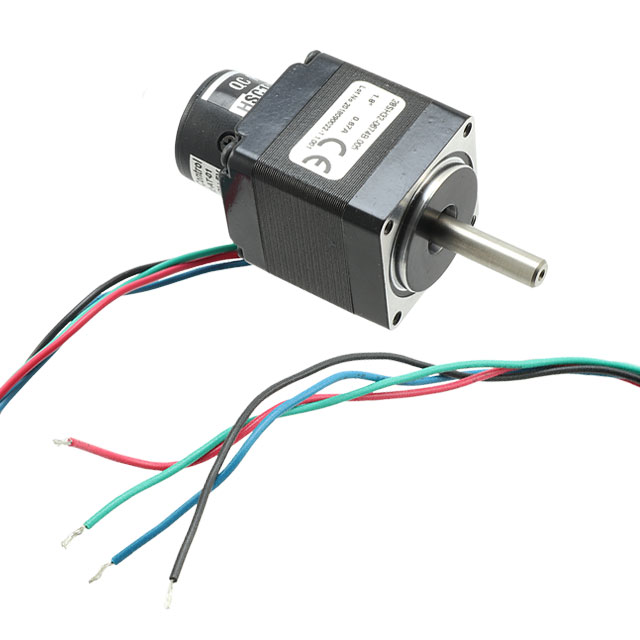
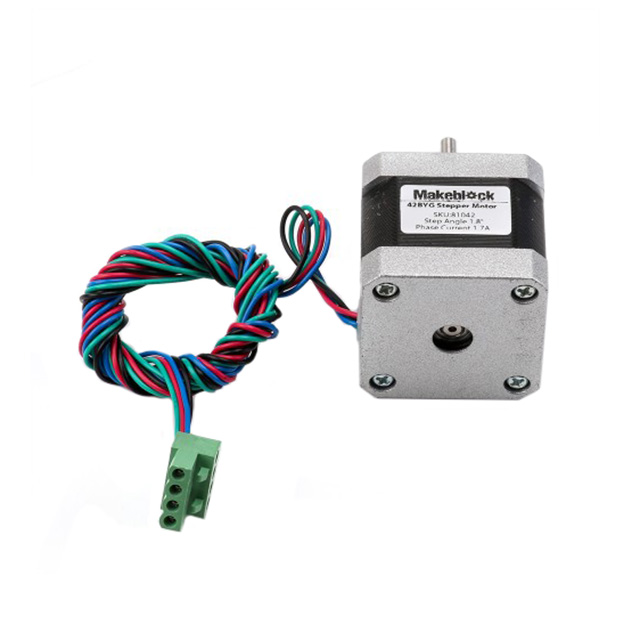

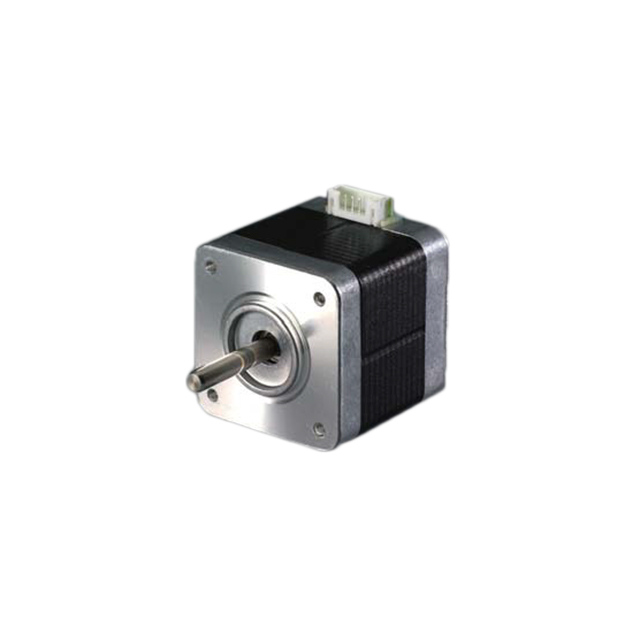
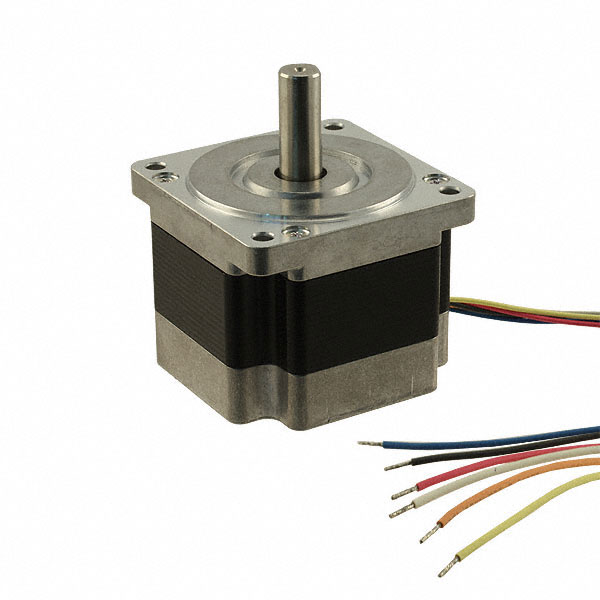
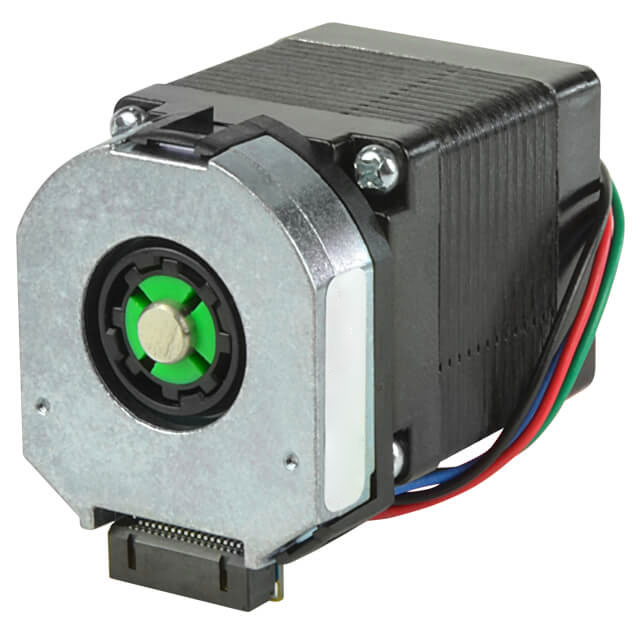
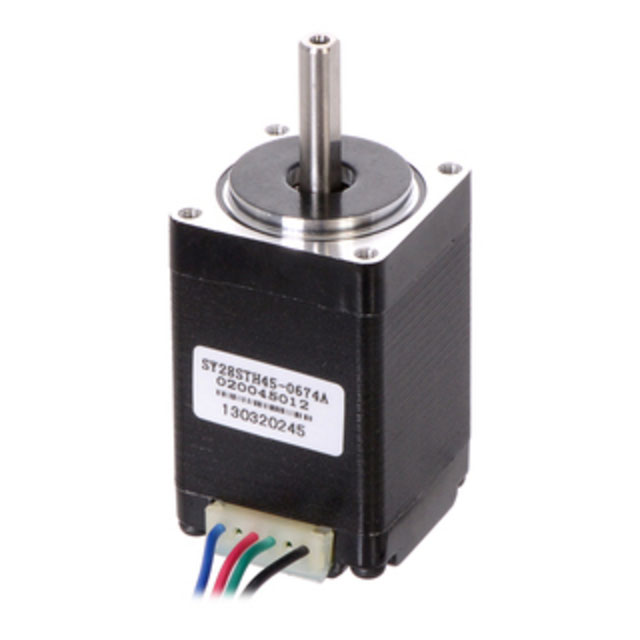


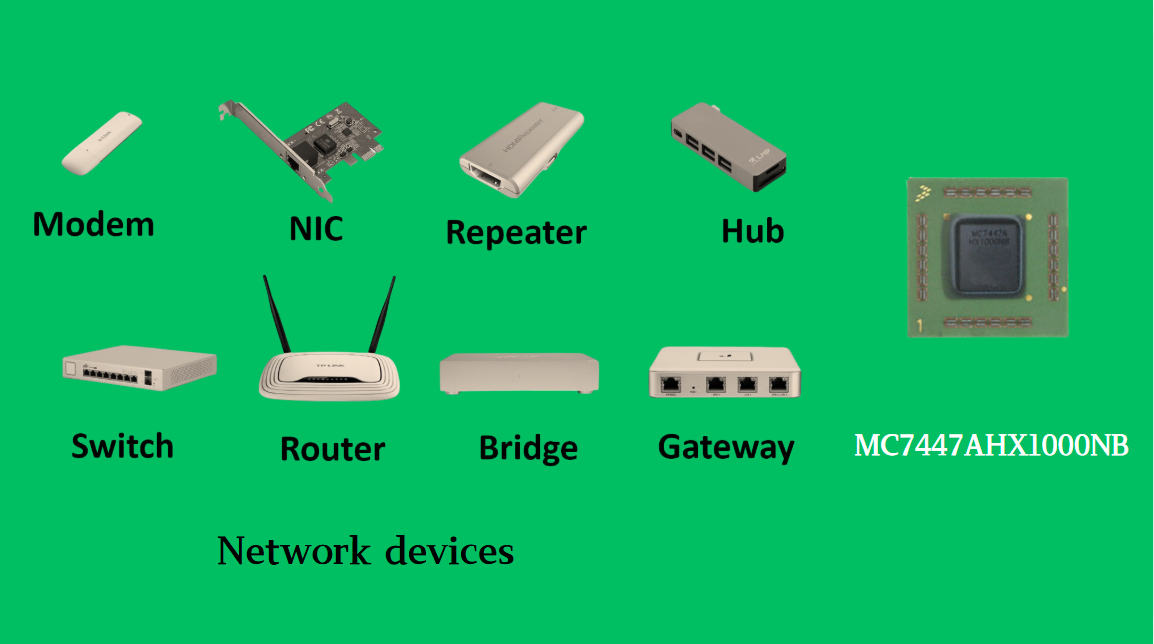








 Wishlist (0 Items)
Wishlist (0 Items)